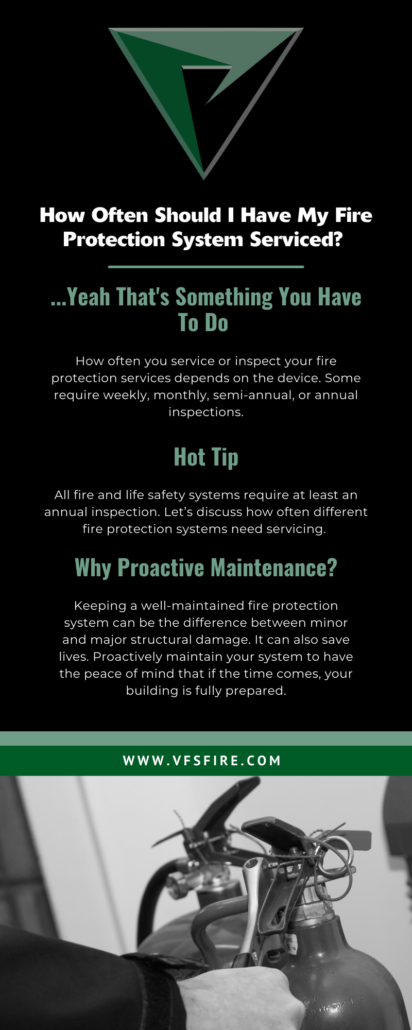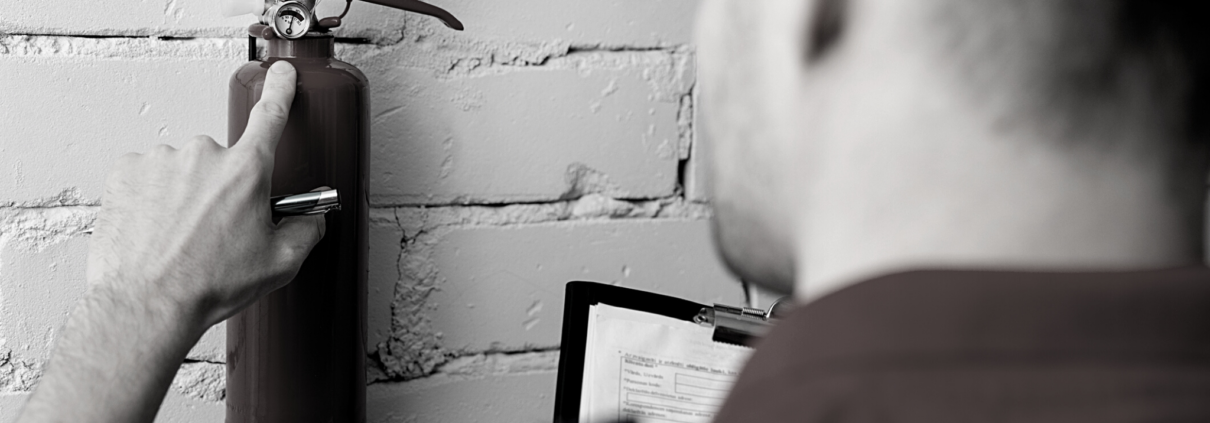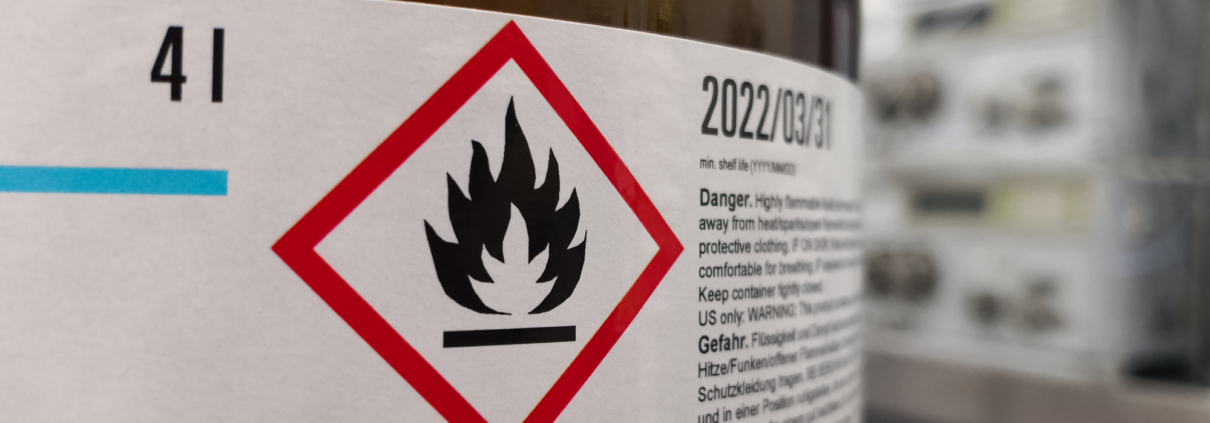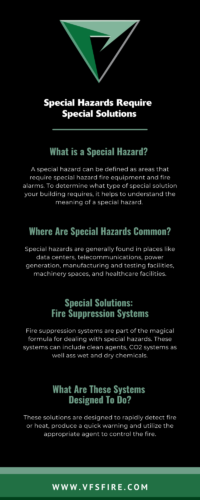… Yeah That’s Something You Have To Do
Just because your building has the proper safety equipment doesn’t mean your work is done. Believe it or not, you have to actively maintain each of the devices throughout the year. After all, you have to change the oil in your car – your building’s fire protection systems are no different.
fire protection systems are no different.
How often you service or inspect your fire protection services depends on the device. Some require weekly, monthly, semi-annual, or annual inspections. Hot tip- all fire and life safety systems require at least an annual inspection. Let’s discuss how often different fire protection systems need servicing.
Fire Protection Maintenance and Inspection Schedules
Fire protection maintenance schedules are set in place to make sure your fire protection is up to par in the event of a fire. A fully functioning system reduces the risk of damage or injury.
Typically, a fire marshall or other authority holding jurisdiction (AHJ) will review your fire protection system to review if the system is up to code. Local regulations determine how the frequency of service for your different systems. There are, however, overarching trends as to when each needs a look.
Fire Sprinkler Systems
The best practice for a fire sprinkler system is to perform quarterly and annual sprinkler inspections. Particularly in colder areas, regular maintenance and inspections are essential.
For example, a wet pipe sprinkler system needs to be kept at above freezing temperature during the colder months in order to prevent costly damage to the system.
Fire Suppression Systems
Fire suppression systems include extinguishing fires through gaseous chemical or foam agents instead of water. Examples of fire suppression systems include:
- Clean agent
- CO2 Systems
- Wet chemicals
They must be inspected on a semi-annual basis according to NFPA guidelines.
Fire Alarm & Detection
Fire alarms or smoke alarms should be inspected by a professional on an annual basis- at a minimum.
Inspect these systems for leaks, cracks, warning lights or obstructions weekly. Local rules and regulations determine the service timeline.
For example, school buildings typically require periodic testing of fire alarm systems and regular fire drills.
Fire Extinguishers
A fire extinguisher, also known as the first line of defense is a piece of fire safety equipment you want operable at any given moment. Inspections must take place once a month.
Devices prone to rust, impact, or tampering require the most frequent inspections.
Their external maintenance examination occurs annually during the hydrostatic test, or when specified. Internal fire extinguisher tests occur every 1 – 6 years depending on the extinguisher.
A Final Word
Keeping a well-maintained fire protection system can be the difference between minor and major structural damage. It can also save lives. Proactively maintain your system to have the peace of mind that if the time comes, your building is fully prepared.
Most building owners find that waiting on the fire inspection report is often the most painstaking part of the process. Why do these reports take so long? Take a look at one of our recent articles explaining why the fire inspection report takes so long.





